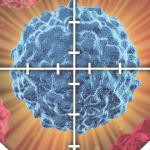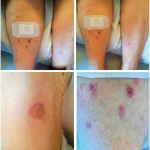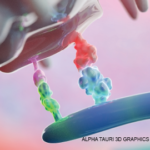“The limited data shows there are better outcomes if they’re controlled at the start” of the ICI treatment, Dr. Cappelli said.
Moving forward, she said, the field needs better understanding of the epidemiology of rheumatic irAEs and of the relevant immune pathways to know how best to maintain an anti-tumor response while minimizing irAEs. We also need long-term follow-up of those needing immunosuppression for irAEs, and “rational design” of treatment algorithms, Dr. Cappelli said.
ad goes here:advert-1
ADVERTISEMENT
SCROLL TO CONTINUE
“Many areas need more investigation for us to best care for these patients.”
Thomas R. Collins is a freelance writer living in South Florida.
ad goes here:advert-2
ADVERTISEMENT
SCROLL TO CONTINUE
References
- Shah AA, Xu G, Rosen A, et al. Brief Report: Anti-RNPC-3 antibodies as a marker of cancer-associated scleroderma. Arthritis Rheumatol. 2017 Jun;69(6):1306–1312.
- Fiorentino DF, Chung LS, Christopher-Stine L, et al. Most patients with cancer-associated dermatomyositis have antibodies to nuclear matrix protein NXP-2 or transcription intermediary factor 1γ. Arthritis Rheum. 2013 Nov;65(11):2,954–2962.
- Cappelli LC, Gutierrez AK, Bingham CO 3rd, et al. Rheumatic and musculoskeletal immune-related adverse events due to immune checkpoint inhibitors: A systematic review of the literature. Arthritis Care Res (Hoboken). 2017 Nov;69(11):1751–1763.



